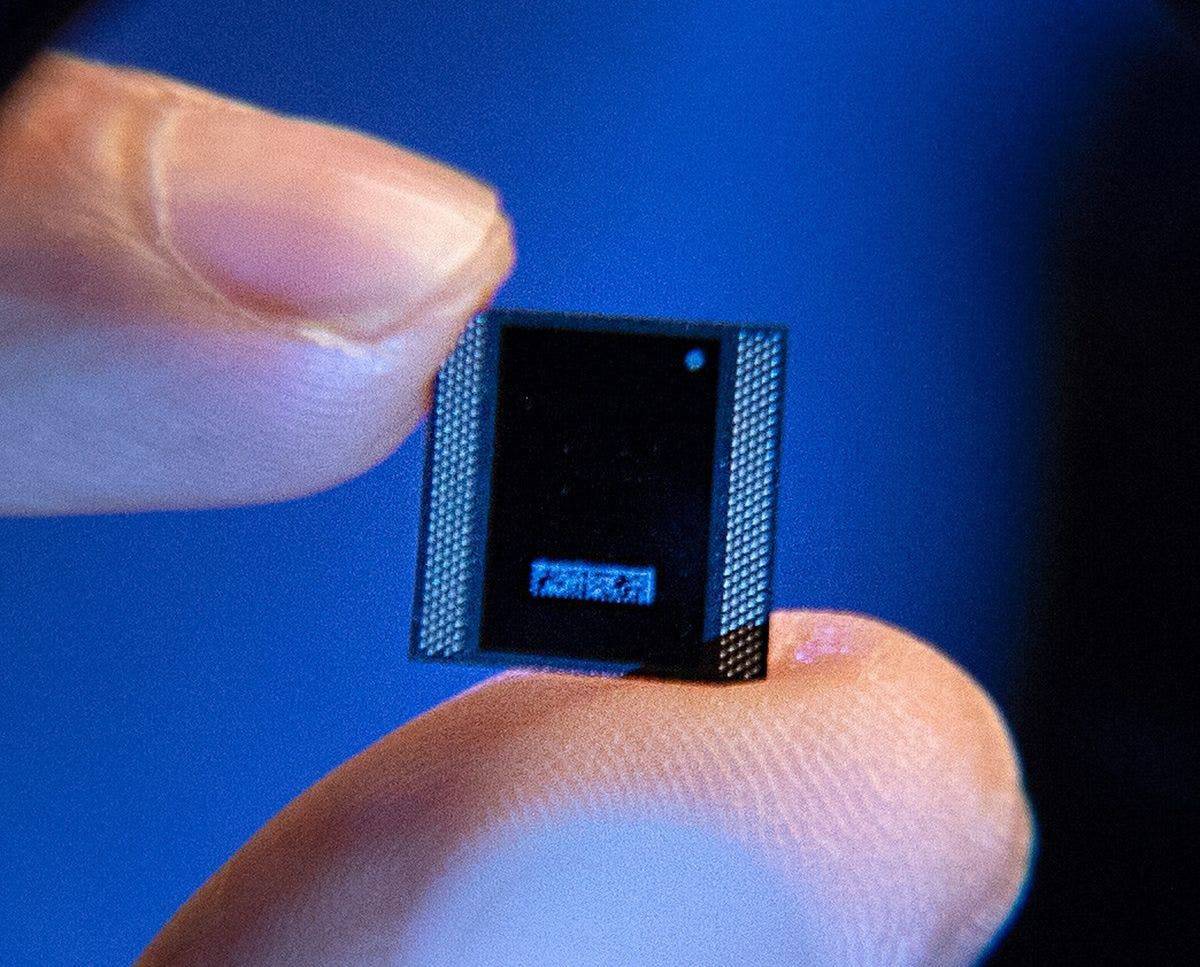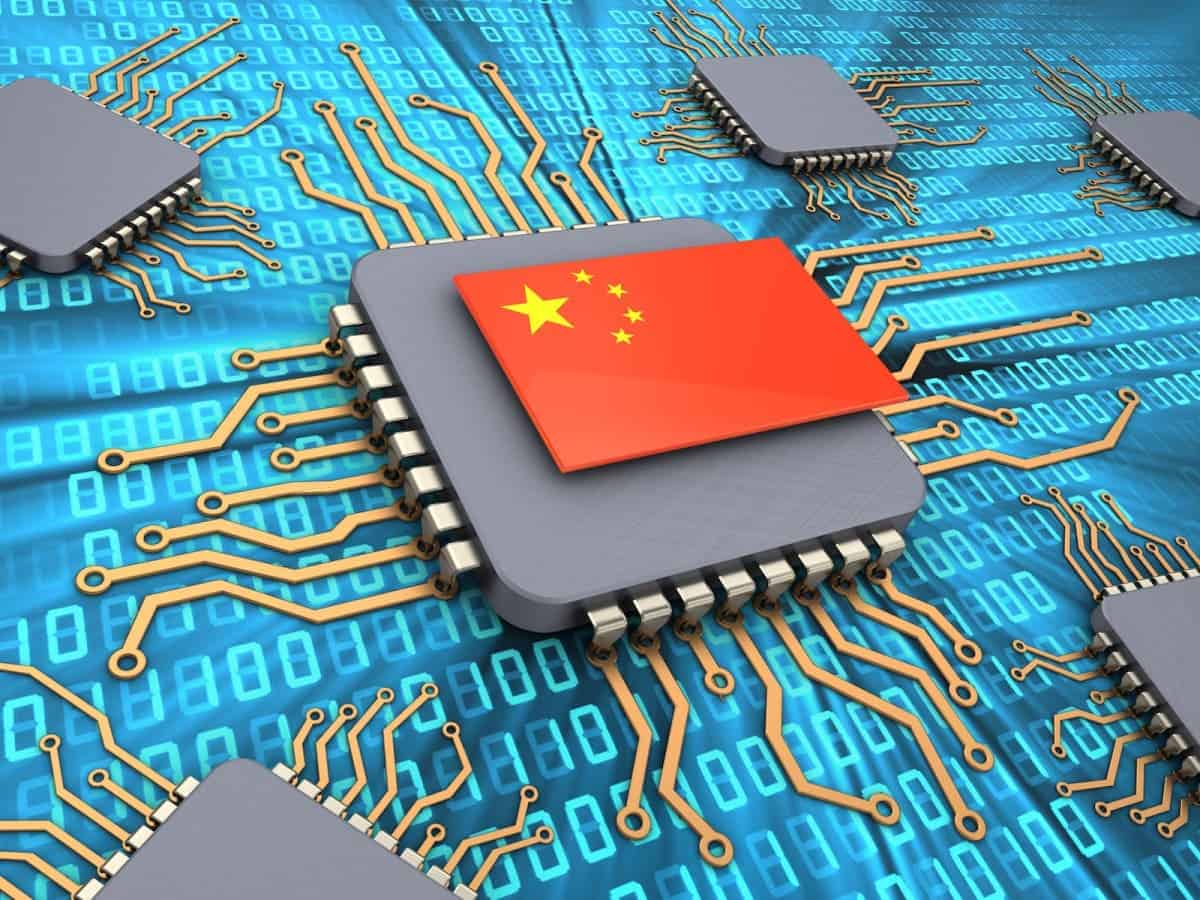A few days ago, some Xiaomi fans called on Lei Jun, chairman of Xiaomi Group, that Xiaomi could launch more small – size mobile phone products. It is a pity that Lei Jun refused. According to Lei Jun, the main reason why Xiaomi can not launch small screen mobile phones is that its market is too small to handle its high R&D costs. Xiaomi no longer launches small – size models, which may make some netizens feel sorry. However, Mobile China noticed Xiaomi seems to be changing its supply chain. The company appears to be focusing more on Chinese parts for its mobile phones and other products.

According to a Weibo tech blogger, “Xiaomi is now more mature in its supply chain control. The 13U Huaxing screen has a good review, including the custom size 1080p, 1.5K, and 2K Chinese screens are all good. Xiaomi now focuses on Chinese parts gradually to avoid risks”.
At present, in addition to folding screens, Xiaomi’s most positioned and priced mobile phone product is Xiaomi 13 Ultra. Before the release, Xiaomi announced that this model will use the C7 screen from Chinese screen brand Huaxing Optoelectronics. This is beyond the expectations of many people. After all, in the perception of many people, there are still many gaps between the screens of Chinese brands and the screens of top non – Chinese brands.
However, according to official info, the Huaxing C7 screen used by Xiaomi 13 Ultra has 2K resolution. It also uses a diamond-like arrangement, 2600 nits maximum brightness, and 1-120Hz adaptive refresh rate. The display also supports dynamic display tech, super large viewing angle, ultra – low colour, DC dimming at high brightness, 1920Hz PWM dimming at low brightness and other features. Simply put, it is one of the world’s top mobile phone screens.
Why Chinese brands will focus on Chinese parts – reasons for Xiaomi to move
Many people think that most brands in China will use Chinese parts because of the U.S. ban on Huawei. However, this is not really the case. There are a good number of reasons why this will happen. In recent years, Chinese mobile phone brands have gained huge market share both in China and globally. Brands such as Xiaomi, Huawei, Oppo, and Vivo have become top names in the mobile phone industry. One of the reasons for their success is their focus on using Chinese parts in their mobile phones.

1. Cost
Putting the ban aside, Chinese parts are cheaper. So why wouldn’t Chinese brands focus on Chinese parts? Chinese parts are generally cheaper than imported parts, and this allows Chinese mobile phone brands to keep their prices low. The Chinese mobile phone market is highly competitive, and users are very price – sensitive. By using Chinese parts, Chinese mobile phone brands can offer products with similar specs to those of their foreign rivals but at lower prices. This gives them a rival advantage in the market.
2. Quality control
Another reason why Chinese mobile phone brands would focus on Chinese parts is quality control. By using Chinese parts, Chinese mobile phone brands have better control over the quality of their products. They can work more closely with their supply chain to ensure that the parts meet their specs and standards. This is very vital in a market where users demand high – quality products. By controlling the quality of their products, Chinese mobile phone brands can build trust with their users and establish a strong brand reputation.
3. Supply chain ease
It is far easier to deal with parts coming from within a nation than from different nations. They can respond quickly to changes in demand or supply issues. This is very vital in the mobile phone industry, where many new products are launched yearly and parts can become scarce due to market changes. By using Chinese parts, Chinese mobile phone brands can avoid the risks that come with long supply chains. It will also reduce their dependence on foreign suppliers.
4. Promotes Chinese Tech Market
Every brand wants to grow its tech market because it will be of benefit to all. The use of Chinese parts by Chinese brands will further grow China’s tech industry. By using Chinese parts, Chinese mobile phone brands are contributing to the growth of China’s tech ecosystem. This is vital for the long – term growth of the country’s tech industry. The Chinese govt has also been supporting the growt of its domestic tech industry through various policies and initiatives. By using Chinese parts, Chinese mobile phone brands are aligning themselves with the govt’s vision and goals.
5. Strong market presence
Focusing on Chinese parts helps Chinese mobile phone brands to differentiate themselves from their foreign competitors. By using Chinese parts, Chinese mobile phone brands can create products that have a unique identity and appeal to Chinese users. This is important in a market where foreign brands dominate and Chinese users are becoming more discerning and demanding. By using Chinese parts, Chinese mobile phone brands can create products that are tailored to the needs and preferences of Chinese consumers.

Final Words
The possibility of an erratic behaviour of the U.S. towards Chinese brands is only a miniature part of the reasons why Chinese brands are set to go Chinese. In addition to cost and lower prices, it allows them to have better quality control over their products. This is important in a market where users demand high-quality products. It provides them with more flexibility in their supply chain, which is important in the fast-paced and competitive mobile phone industry.





